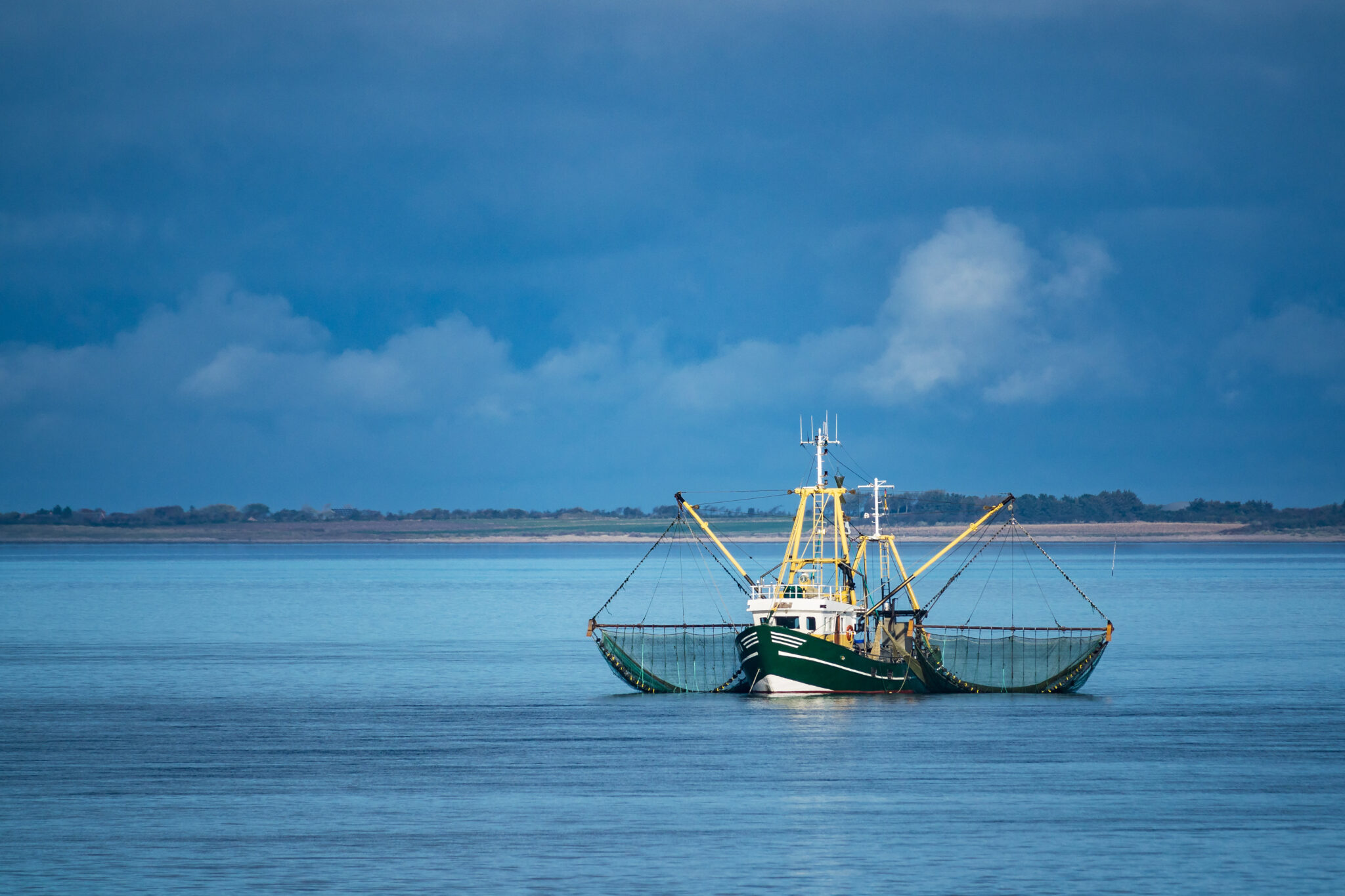The growth of industrial fishing since the 1950s has led to widespread and critical marine defaunation. Although a host of at-sea and in-port regulations attempt to prevent illegal fishing practices, they are proving unable to curtail the continued fading of aquatic species. The disadvantage of in-port inspection is that a significant proportion of fisherman’s catch never reaches port. Small, juvenile fish and non-target species that are of little commercial value, known as bycatch, are discarded at sea, usually dead, rather than landed in port. Nautical patrols have their own limitations since fishermen act strategically to conceal their illegal practices. As a result, most of what is known about illegal fishing practices is based on rare detections and anecdotal evidence.

The paper “Unseen annihilation: Illegal fishing practices and nautical patrol” presents a novel statistical approach to uncover the use of illegal fishing nets by trawlers, the most widespread fishing method. In contrast to the impossible task of patrolling the vast oceans, our approach relies on readily available data on reported fish landings. It exploits the fact that using illegally small mesh sized nets results in an abnormally large catch of just above legal-size fish in the net relative to what would be expected. The paper illustrates the method by showing how the size distribution of landed sole in the Netherlands changes in response to absences of the Dutch patrolling vessel in the North Sea. We show that, beyond baseline illegal activity, 14 percent of fishing vessels are induced to use illegal fishing methods when the patrol vessel is absent due to international expeditions, crew vacations, or maintenance. Their illegal behaviour amounts to a 17 percent increase in the catch of sole. The illegal fishing is particularly pernicious for undersized juvenile sole for which there is a 17-fold higher mortality rate than for adult sole.
The study further delves into the motivating behaviour behind illegal fishing. Fishermen do not appear to land more fish when the patrol vessel is absent but use illegal fishing methods to achieve their targeted catch in a reduced amount of time. The main reason for this is economic, as fuel prices for trawlers constitute over 50% of revenues. This economic motivation is further illustrated looking at changes in fuel price, showing that increases in fuel prices lead to similar shifts towards using illegally small mesh sized nets, apparent in the size distribution of landed fish, as the absence of a patrol vessel.
Our paper not only sheds light on the economic motivation behind certain types of environmental crime, but also puts forward a new quantitative method, exploiting widely available data on fish landings. This method can allow researchers to quantify the previously invisible loss of aquatic life due to illegal fishing practices relative to current estimates. It can also allow environmental authorities to flag fishing vessels which consistently display unusual size distributions of their landed fish.
Stephen Kastoryano is a Lecturer in Economics at the University of Reading and winner of the University’s 2024 Research Output Prize (Prosperity & Resilience theme) for his paper as co-author in the Journal of Environmental Economics and Management: ‘Unseen annihilation: Illegal fishing practices and nautical patrol’.
